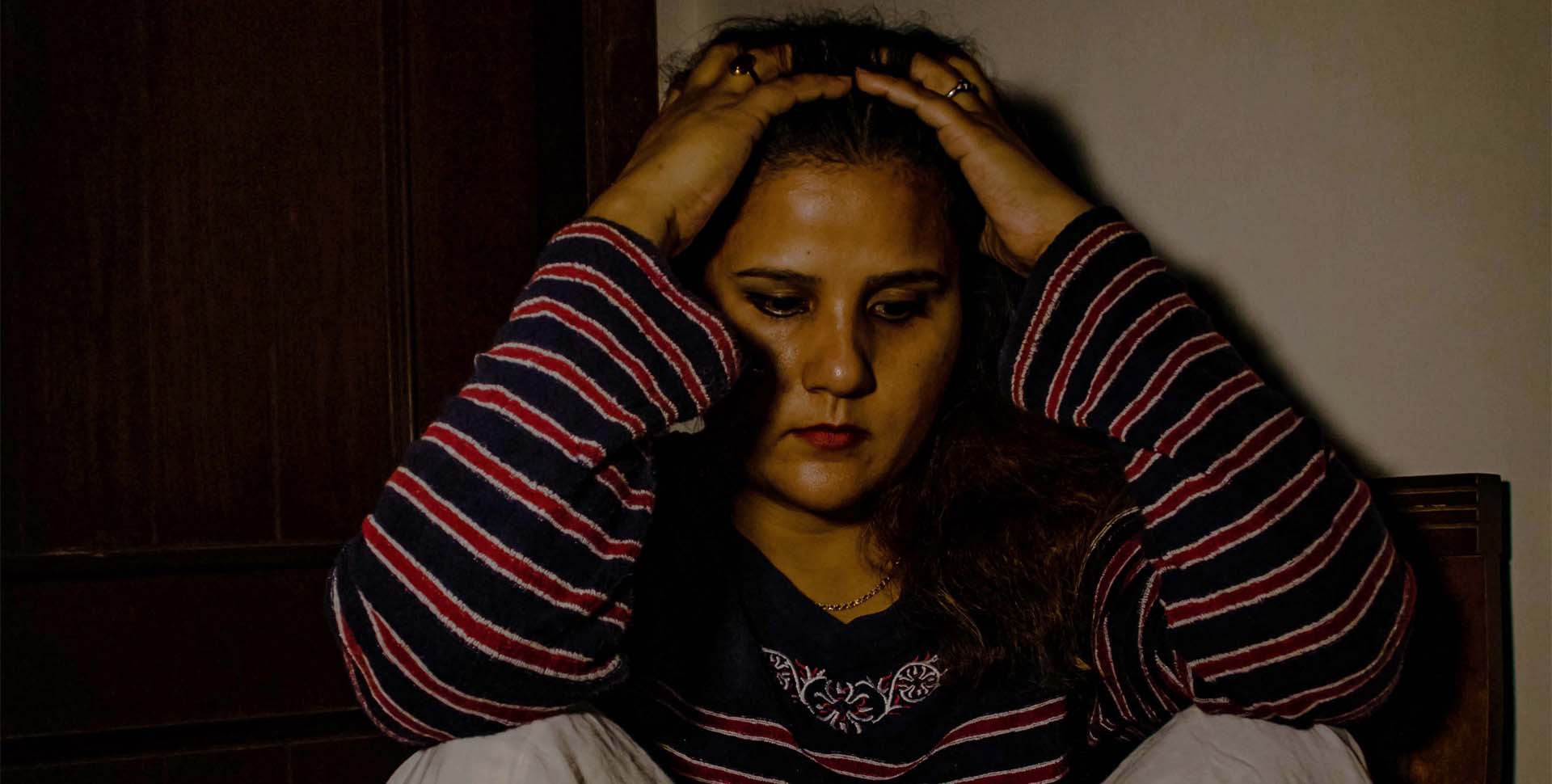By the time Marley* enrolled in one of Youth Off The Streets’ high schools, she had been living with domestic and family violence (DFV) for more than a decade.
Her father left the family when Marley was eight years old. When she was 14, a violent drug-fuelled attack by her mother left her with third-degree burns and she had no choice but to leave home.
Describing her experience of homelessness, Marley told us: “I was moved around different refuges. It was pretty annoying because every time I’d get used to the rules and people there, I’d be moved on again. None of the crisis refuges had workers with proper DFV training, so they didn’t really know how to help me.”
Although Marley didn’t access Youth Off The Streets’ homelessness services during this time, her situation is all too familiar.
In 2021, 70.2% of the young people accessing our Inner West Youth Homelessness Service (IWYHS) in Sydney had experienced DFV.
The surge in domestic and family violence during the pandemic has been well documented by researchers and the media alike. This ‘shadow pandemic’, as it has been called, has a dark edge when it comes to young people.
In addition to DFV being the leading cause of youth homelessness – an issue that continues to be mostly invisible in the community – young people’s experiences of DFV are overlooked by the broader service system.
The national conversation and support services around domestic and family violence remain largely focussed on adult women and younger children.
This is reflected in the language used in the DFV space – ‘women and children’ as the victim–survivors – which excludes young people and creates further invisibility.
Young people with lived experience of DFV have very different needs to adults and children. The young people we work with at Youth Off The Streets often come to us feeling like they are to blame for domestic and family violence, rather than being victims of it.
Some don’t recognise that their situation is one of DFV, even when it is the catalyst for a serious life disruption such as becoming homeless.
Marley’s turning point came through education. Despite all the upheavals and challenges she experienced after leaving the family home, school was her focus.
She says: “During that time, I gave my education 100%. I started doing Youth Off The Streets’ Power Within program and I realised I was living through domestic and family violence. Every conversation with the DFV worker, and every Power Within class, made me realise that DFV was not okay and that I had a choice not to accept it.”
A core part of our work at Youth Off The Streets is responding to youth homelessness, and identifying and addressing the root causes – which in the vast majority of cases includes DFV. We support and empower young victim–survivors, and advocate for much-needed change.
That is why in our recent submission on the National Plan to End Violence against Women and Children 2022–2032, we called upon the Australian Government to consider 10 recommendations, which included:
- Acknowledging young people as victim–survivors of DFV in their own right, by specifically referencing them as a key target group in the National Plan and changing the language throughout to ‘Women, Children and Young People’. We want to ensure that the experiences of young people are at the forefront of strategies to reduce DFV.
- Making the five-year action plans publicly available for further consultation and feedback. The action plans must include deliverable targets, milestones and strategies to support young people as victim–survivors of DFV.
- Increasing funding for youth-specific homelessness services, youth justice and general youth services to meet the needs of the growing number of young people who have experienced DFV. It is vital that young people receive help and support specific to their social, emotional and practical needs.
- Formalising partnerships between the child protection, DFV and justice systems to ensure greater consistency in their responses to young people experiencing DFV.
Young people shouldn’t be forced to stay in a violent home to keep a roof over their head. Younger generations are also the key to breaking the cycle of DFV. It’s imperative that their experiences, needs and ideas are taken into account if we’re serious about tackling both domestic violence and youth homelessness in Australia.
Lex Nadine Lutherborrow, CEO, Youth Off The Streets
*Name changed for privacy reasons

